Richard Rogers: an appreciation
A tribute to visionary architect Richard Rogers, who died on 18 December 2021, from former Wallpaper* editorial director Richard Cook
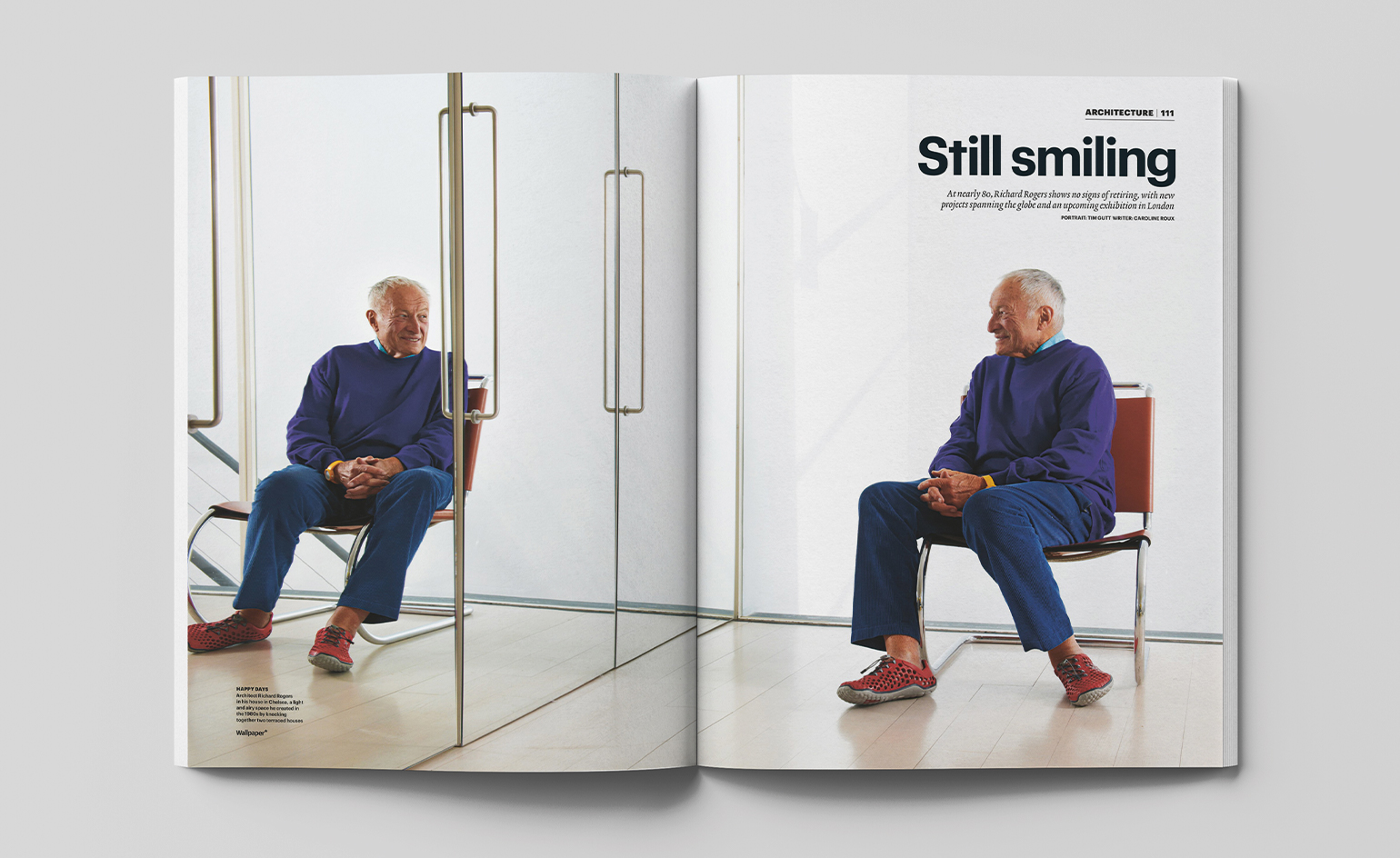
Richard Rogers’ buildings were the product of a truly singular talent. It was a talent not afraid to flirt with the prospect of failure; that existed at the very frontier of the feasible and the limits of the buildable; and which will not merely endure, but prevail. Architects typically work at the end of a fast-flowing artistic tradition, closer to the mouth of this river than its source. Not Rogers. He seemed always to be first: he was always there at the start of something special.
Some architects find that their style slips into syntax as the years pass and the awards pile up. That their youthful flourishes assume the weight of an intractable world view, a weight for which they are not always prepared. The awards certainly piled up: ennoblement, the Golden Lion, the Pritzker, among almost innumerable others, but in truth Rogers was never that sort of architect.
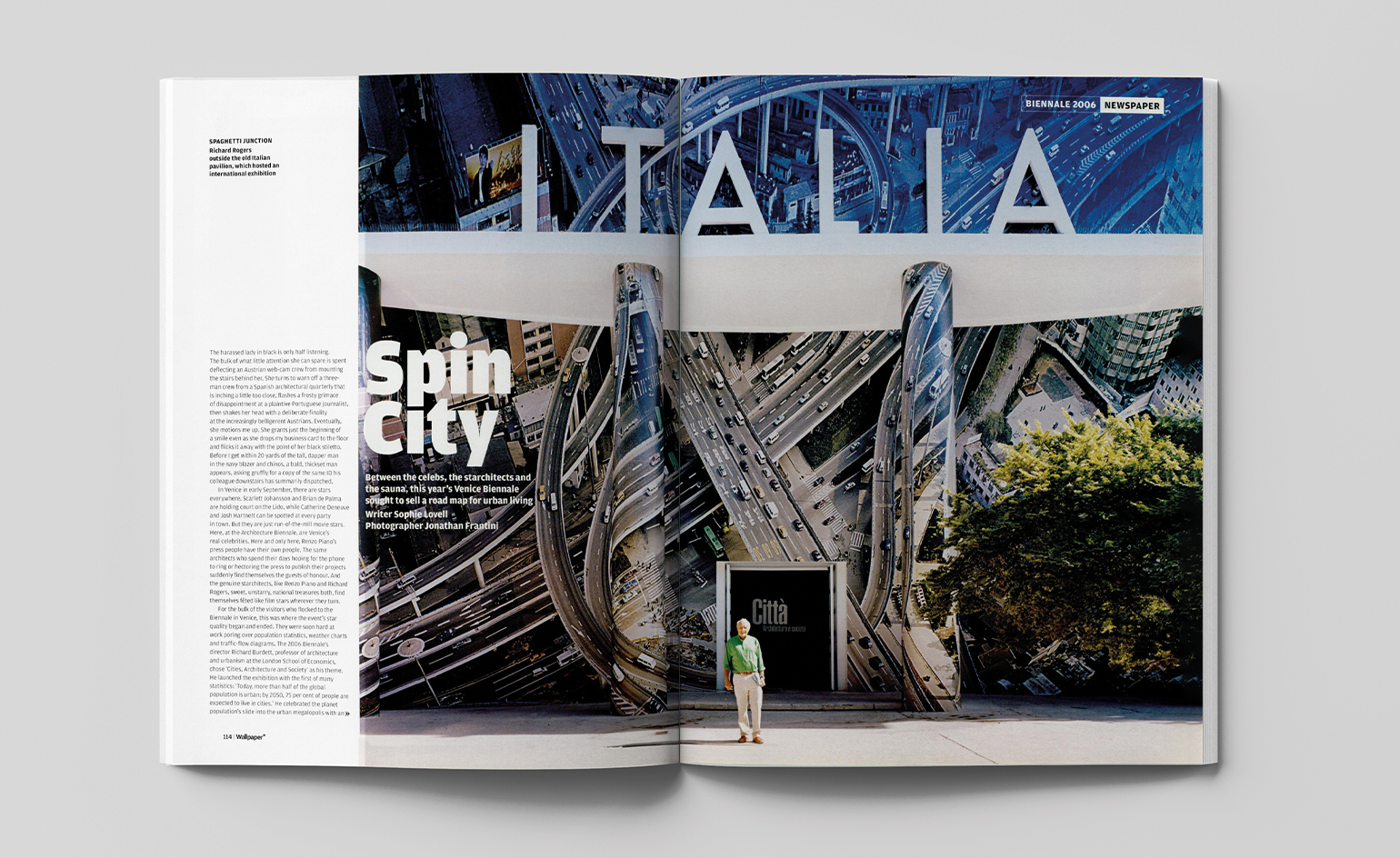
Richard Rogers at the 2006 Venice Architecture Biennale, where he received the Golden Lion for Lifetime Achievement award. for the December 2006 issue of Wallpaper*
The fantastical creative outpouring that was the Centre Pompidou might have caused a lesser talent to fall victim to success, giving birth to projects that would lead, ultimately, to collapse, buried under the weight of theory and the constant need to innovate. Not Rogers.
Many architects leave their wildest flights of fancy unbuilt – faded sketches in the bottom drawer, or a dusty wooden model in a storeroom somewhere, of a forgotten high-tech future that had long since passed it by. Rogers' still stands in central Paris, an impossibly popular icon to be rediscovered by students and schoolchildren every single day.
And while it is tempting to imagine what London’s Southbank might have been if it had ever been covered in his unrealised, typically ambitious, giant glass wave, a pair of real buildings across the Thames tell the story of everything he really became, with much more clarity.
Viewed from the 14th floor of 122 Leadenhall (better known as the Cheesegrater, unarguably the best-looking and most graceful of the brand-name skyscrapers that now dominate the City of London), the still shockingly modern exo-skeleton of the Lloyd’s Building shimmers shyly next door behind grey Venetian blinds.
These were the powerful offices of, and advertisement for, the mature work of Rogers and his practice. The two buildings were rendered 25 years apart, but with equally astonishing skill and beauty, in the heart of an annually more anodyne City.
RELATED STORY

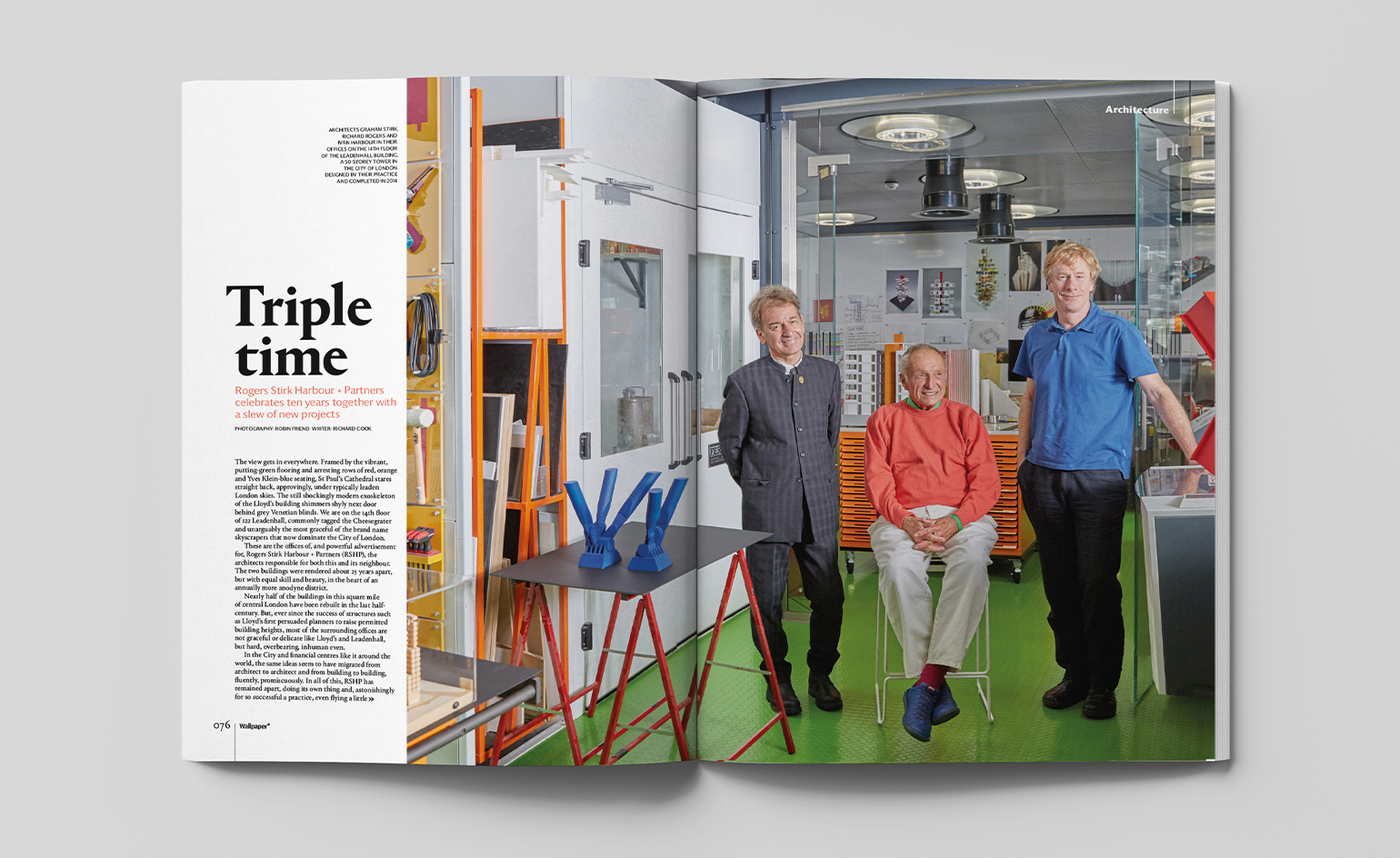
Richard Rogers (centre), Graham Stirk (left) and Ivan Harbour (right) at the Rogers Stirk Harbour + Partners offices in 122 Leadenhall in September 2017. for the November 2017 issue of Wallpaper*
In the City of London and financial centres like it around the world, the same ideas seem to have migrated from architect to architect and from building to building, fluently, promiscuously. Rogers remained apart from this process, doing his own thing. Astonishingly, for so successful a practitioner, he even flew a little under the radar: Rogers Stirk Harbour + Partners (RSHP) is a 160-strong firm at a time when the biggest firms employ 2,000.
Receive our daily digest of inspiration, escapism and design stories from around the world direct to your inbox.
This peculiarity extended to the organisation of his practice. RSHP always had a written constitution to help ensure the commitment to a similar vision was shared out equally. Famously, partner pay was capped at a fixed multiple of the lowest paid architect. And everywhere there was a feeling that intellectual interrogation was not some necessary evil, but the lifeblood of the place.
But then discussion and collaboration were always guiding principles for Rogers. Born in Florence to English and Italian parents, he moved to the UK at the age of five and went on to study at the Architectural Association in London. Arguably though, it was a postgraduate stint on scholarship to Yale, along with his first wife and collaborator Su and his soon-to-be business partner Norman Foster, that located his artistic sensibility in the world of Mies van der Rohe, Walter Gropius and the Bauhaus, those other European architectural émigrés to the New World. Back in the UK, the two married couples of Foster and Rogers became Team 4. Success followed swiftly: the partnership with Foster being replaced by one with Renzo Piano in time to win an international competition for the Centre Pompidou and the international renown that would endure more than 40 years.
This one-man practice, which even after the success of the Pompidou, handled one project at a time, had acquired two equal partners – Ivan Harbour and Graham Stirk – of more than 30 years’ standing and had 55 projects on the go at the time of Rogers’ death. There will be much of Rogers’ legacy to admire in the coming years. But then there is so very, very much to admire already.
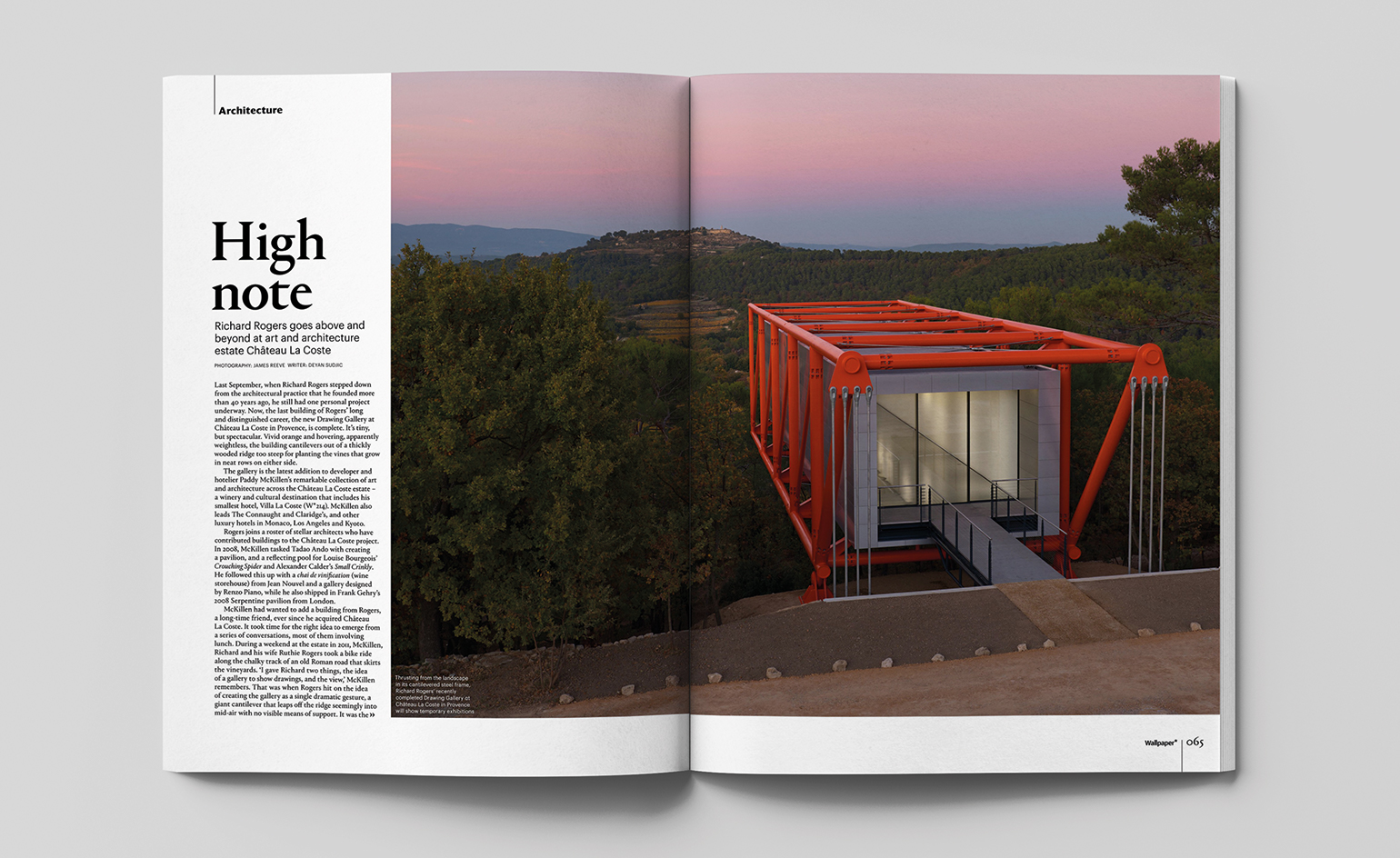
Unveiled in spring 2021, the Drawing Gallery at Château La Coste, Provence was the final project in Richard Rogers’ long and distinguished career. for the March 2021 issue of Wallpaper*
Former Wallpaper* staffer Richard Cook served as Editorial Director from 1999 to 2017.
-
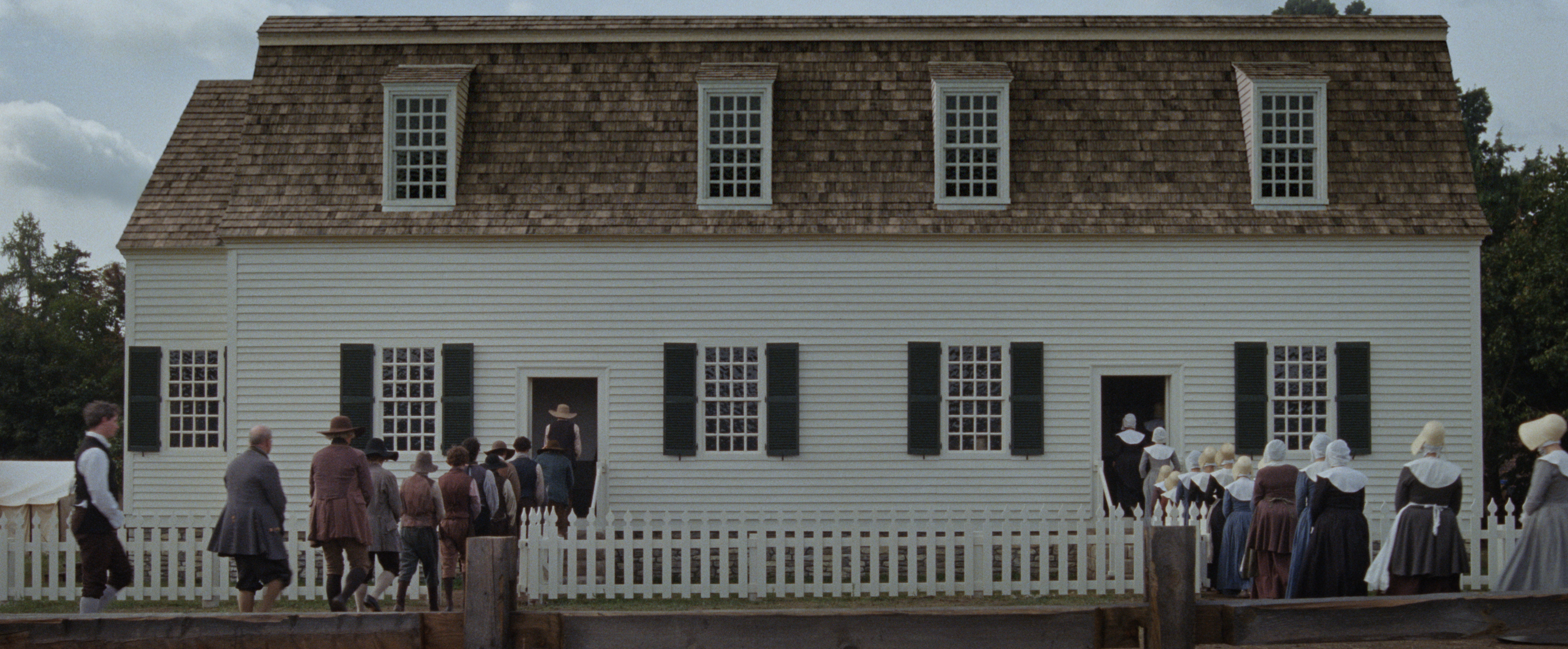 The Testament of Ann Lee brings the Shaker aesthetic to the big screen
The Testament of Ann Lee brings the Shaker aesthetic to the big screenDirected by Mona Fastvold and featuring Amanda Seyfried, The Testament of Ann Lee is a visual deep dive into Shaker culture
-
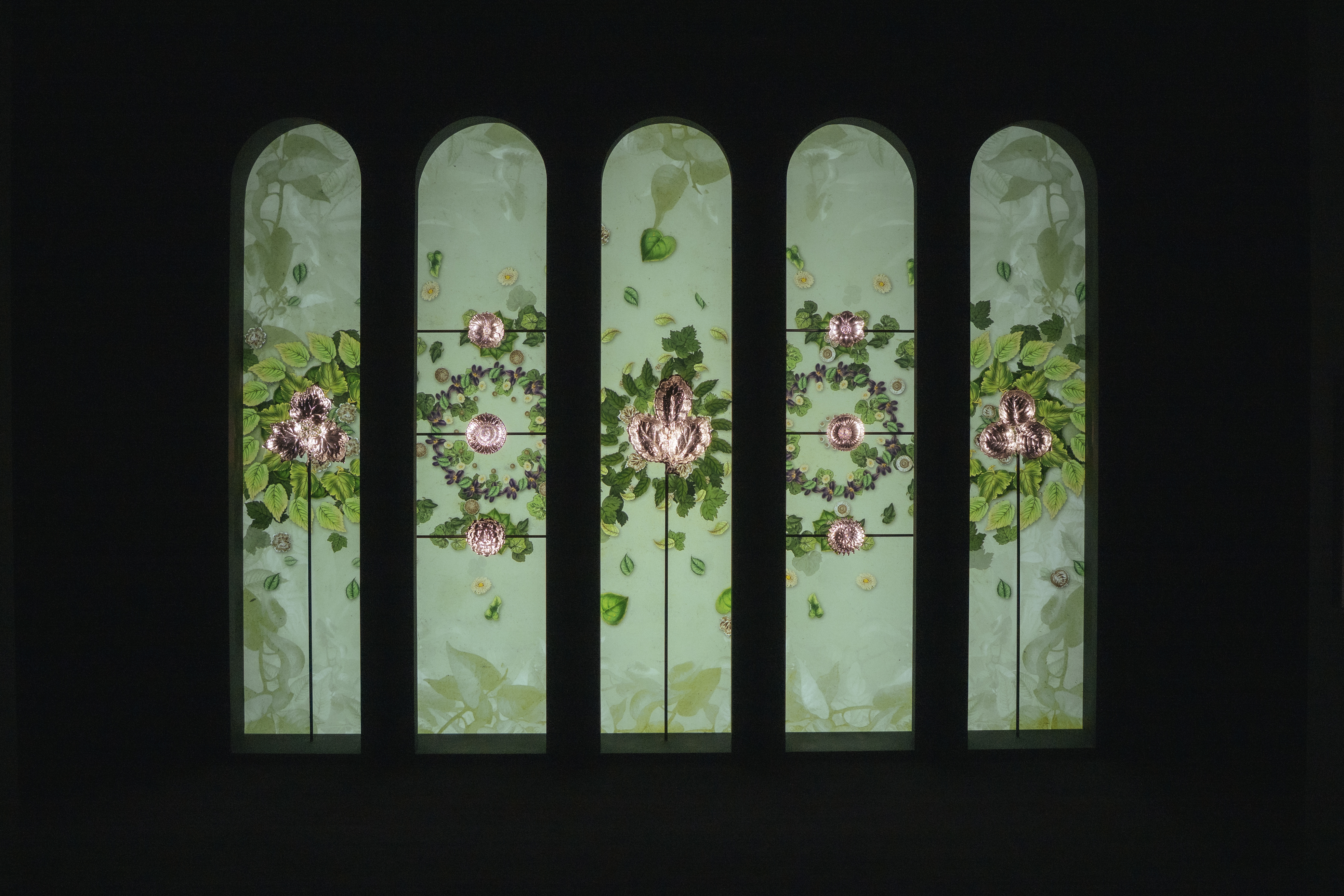 Dive into Buccellati's rich artistic heritage in Shanghai
Dive into Buccellati's rich artistic heritage in Shanghai'The Prince of Goldsmiths: Buccellati Rediscovering the Classics' exhibition takes visitors on an immersive journey through a fascinating history
-
 Love jewellery? Now you can book a holiday to source rare gemstones
Love jewellery? Now you can book a holiday to source rare gemstonesHardy & Diamond, Gemstone Journeys debuts in Sri Lanka in April 2026, granting travellers access to the island’s artisanal gemstone mines, as well as the opportunity to source their perfect stone